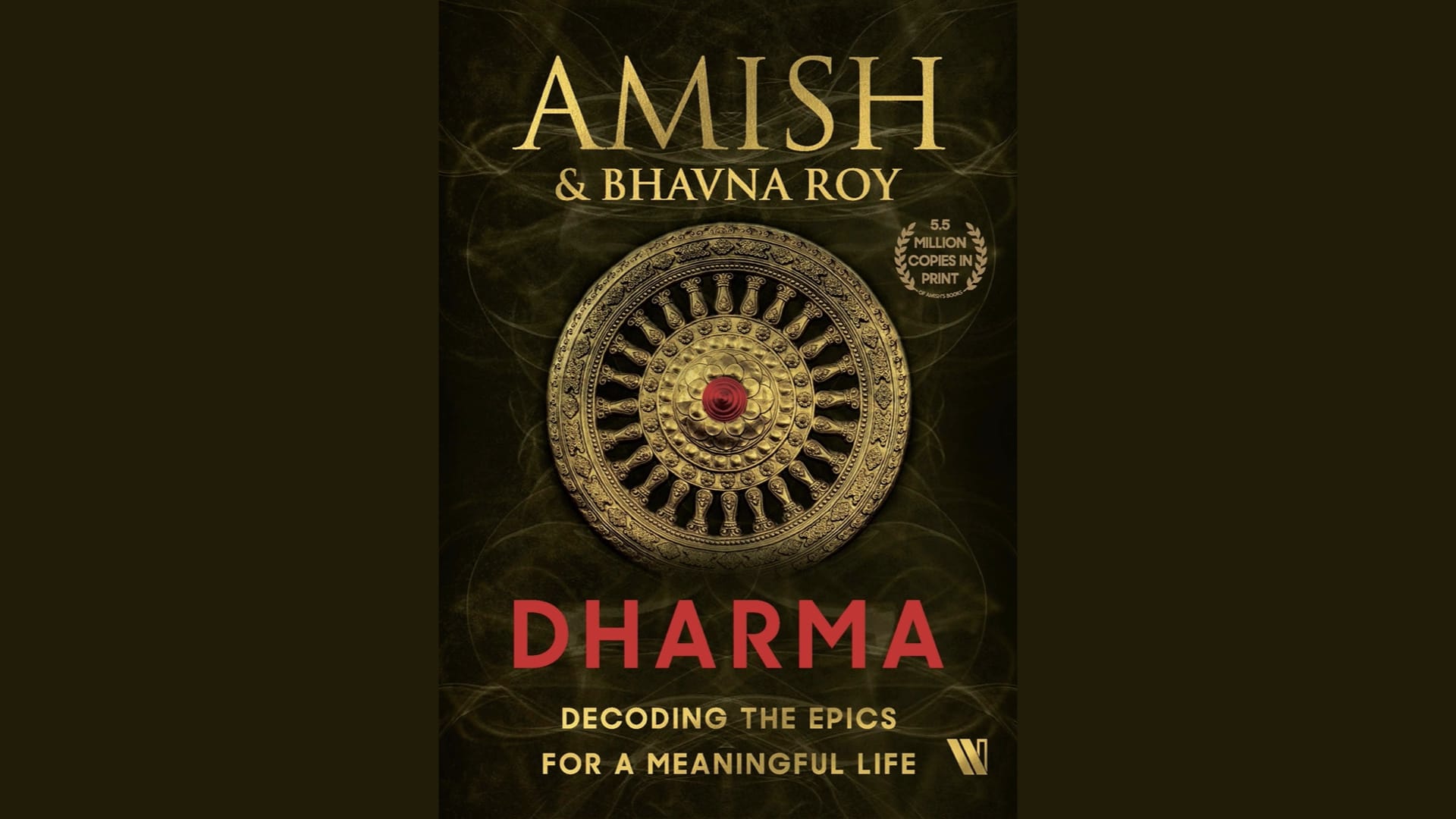
|
Getting your Trinity Audio player ready...
|
When K M Munshi authored the 7-part Krishnaavataara series on the life of Bhagwan Krishna, traditionalists found it demeaning to bring down the divine to a mundane level. But through that path-breaking work, Munshi helped take Hindu classical religion into the drawing rooms and boardrooms of India’s new rich and modern, to the elites and youngsters. Some contemporary Gurus like Swami Chinmayananda too did the same thing – helping the westernised Indian elite appreciate and respect India’s grand civilisational and cultural heritage. Authors like Amish Tripathi are carrying forward that mantle through their hugely popular semi-fictional works on Indian classics. Amish is the rage with English-speaking young readers for his all-time famous Shiva Trilogy and Ram Chandra Series. Those are fictional to the extent of the narrative, but extraordinarily scholarly in substance.
His latest book, which he co-authored with his equally scholarly sister Bhavna Roy, titled Dharma is again a scholarly “decoding of the epics for a meaningful life”. It took two flight travels for me to complete this tiny, yet highly engrossing book. The beauty of this book is that it deals with intricate subjects like Karma, Swadharma, Ahankara – arrogance, humility, and anger in a lucid yet profound way, in a conversation mode within a 4-member family. Classical narratives about characters like Shantanu, Bhishma, Kunti, Gandhari, Karna, Raavana, Kumbhakarna et al are interspersed with discussions about the Dharmic view among the family members. That enhances the readability of the book and one easily connects with the setting and in consequence with the overarching narrative.
The book raises many fundamental questions like “why is it that, sometimes, honourable men like Parvateswara and Bhishma consciously choose to end up on the side that is against Dharma? It goes on to argue that “Swadharma cannot be in misalignment with dharma, the law of life. Then it becomes self-indulgence in the garb of swadharma. Dharma is always a movement towards balance. If swadharma is at odds with dharma, can it be anything but self-indulgence or imagined swadharma?”
The reader comes across several such gems through the conversations of different characters in the family. For example, the elderly lady, Lopamudra says: “Our inner Kauravas are compulsive. The Pandava qualities are built with a great deal of hard work – if at all”. Talking about Gandhari’s sacrifice of blindfolding herself, Lopamudra says: “She should have seen the truth and translated it for her husband who couldn’t see. She should have guided her sons. Instead, she hid her irresponsibility behind the Great Sacrifice. I heard Gargi (daughter of Lopamudra) use an interesting term the other day – ‘virtue signaling’. Totally applies to dear Gandhari”. Daughter of the house Gargi says: “Osho says that love first expresses itself through the body, as sex. Then through the mind, as love. And then through the spirit, as prayer”.
Amish Tripathi and his sister come from an illustrious family background of parents and grandparents who were renowned scholars of Indic knowledge. Amish’s writings reflect that inheritance abundantly. This book is no exception. Like all other books of his, this one too comes as an easy read for beginners, as well as a profound one for scholars.



